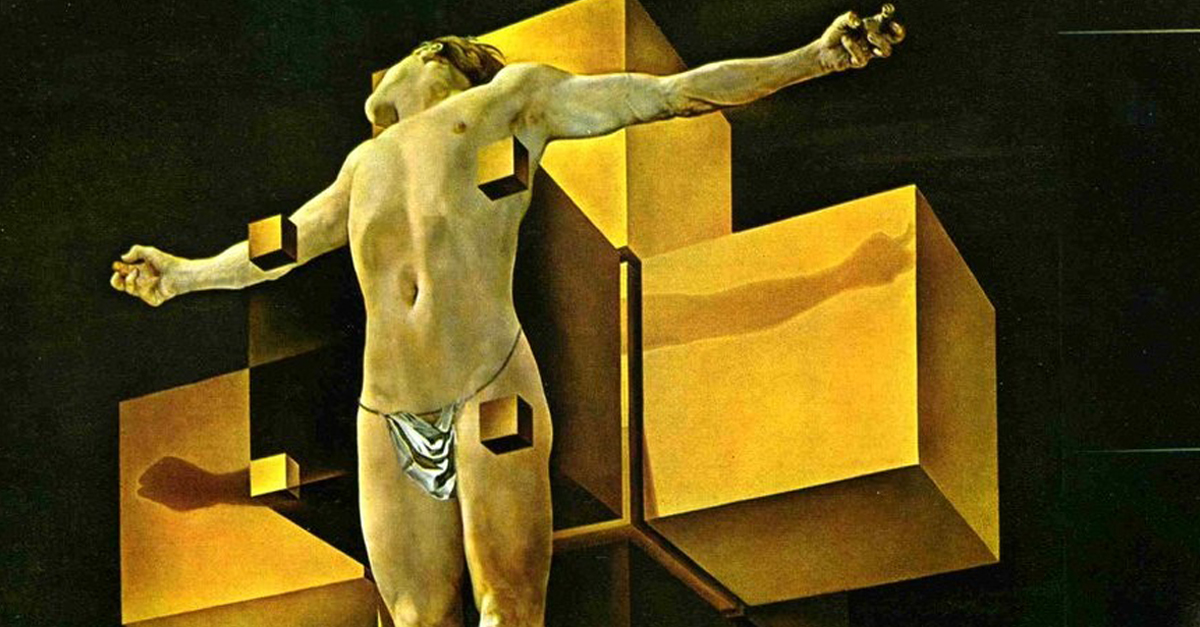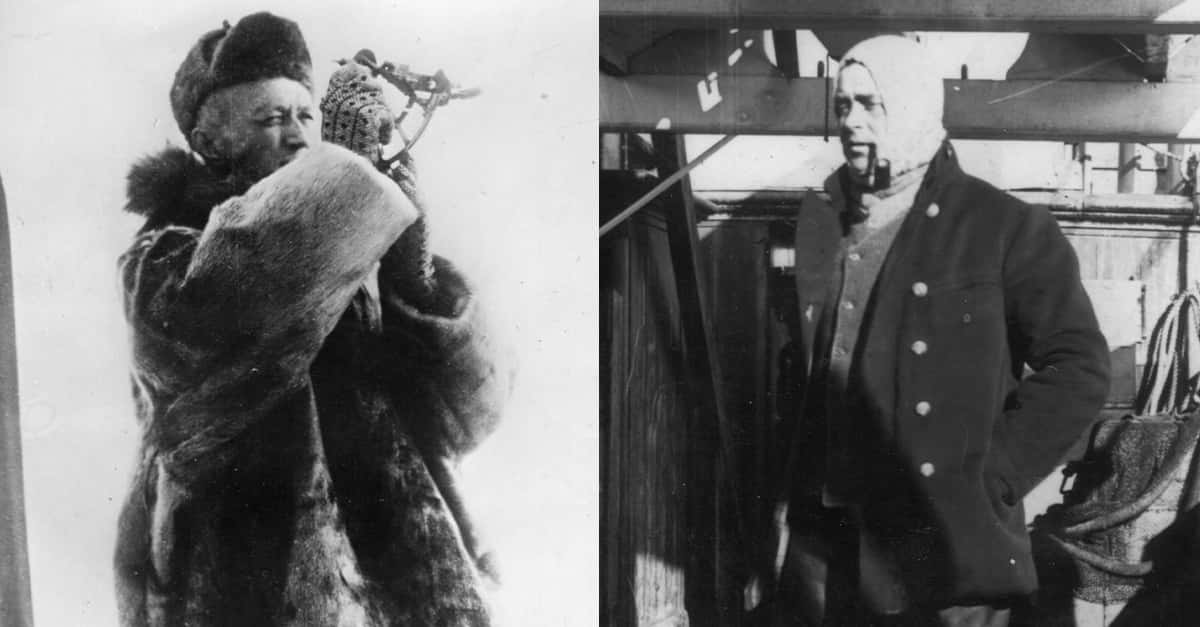Salvador Dali was a man of contradictions. Around the end of WWII, he surprisingly converted to Catholicism and started using overtly Christian themes in his surrealist paintings. But at the same time, the genesis of the atomic age and the bombings of Hiroshima and Nagasaki gave Dali a morbid fascination with nuclear science.
You might think Catholicism and nuclear science don't go together—but who better than surrealist Salvador Dali to bridge the gap? It was the convergence of these two seemingly incompatible themes that inspired his 1954 painting Crucifixion (Corpus Hypercubus).
Incomprehensible Concepts
Anyone who's gone down the physics rabbit hole knows that things quickly become extremely abstract. Case in point: Physicists will talk about extra dimensions, but how the heck is that supposed to work? We live in a three-dimensional world, so when you hear some egghead talking about a "four-dimensional hypercube," you can be forgiven if it breaks your brain.
One way mathematicians might try to help explain a hypercube is by using a "net." If you unfold a cube made of paper, you'll get a "net" of six squares. Simple so far, right? Well, here's where the brain breaks. If the net of a 3D cube is six squares, the net of a 4D cube is...eight cubes.
If I've lost you, don't worry: I'm lost too. But this is where Dali comes in.
Two Sides Of The Same Coin
As Dali grew more and more obsessed with nuclear science, he couldn't help but notice similarities to his newfound faith. No matter how hard you try, it's impossible for our three-dimensional minds to really grasp a four-dimensional hypercube. While pondering such topics, Dali couldn't help but consider the transcendental nature of God, an idea debated by philosophers and theologians for millennia.
This is how Dali came to paint Crucifixion (Corpus Hypercubus). Jesus's cross becomes the unfolded net of a four-dimensional hypercube. Just as the net helps us understand the incomprehensible hypercube, Jesus, a man, helps us understand an incomprehensible God.
Science and religion may seem contradictory, but when you push both to their limit, you unavoidably face similar questions. Lots of people throughout history have come to this conclusion, but few have ever been able to represent the convergence better than Dali and Crucifixion (Corpus Hypercubus).













